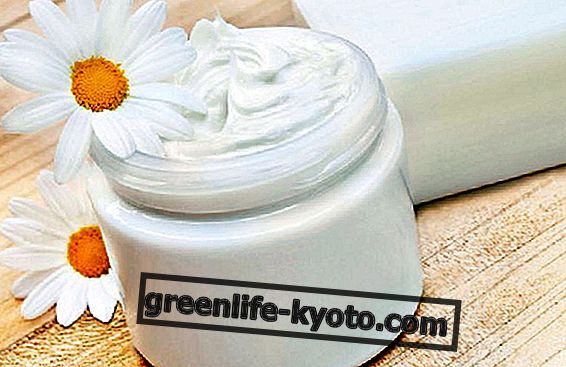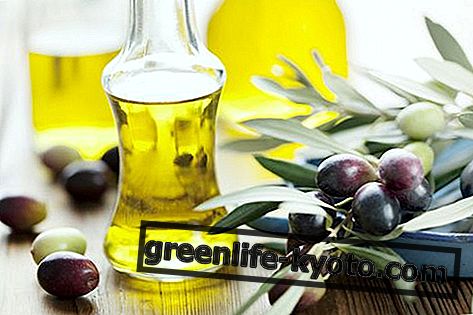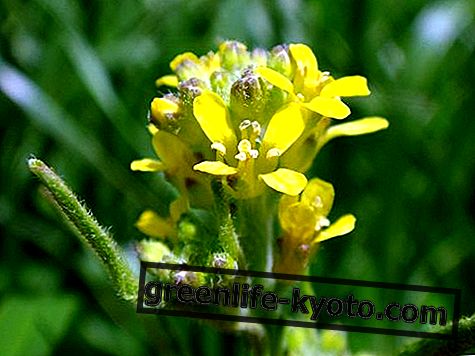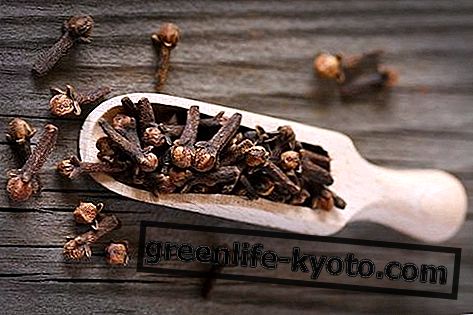The acerola is a beautiful bright red fruit indicated as the third best natural source of known vitamin C. It can happen to find a tray in some ethnic food market or to have an eye on it in some internet site, therefore it is good to know the precious properties so as not to miss the opportunity. Let's find out better.
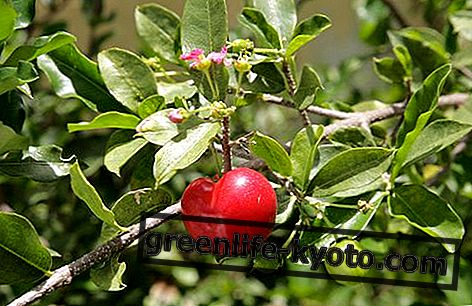
Description of the acerola
Acerola is the common name of the Malpighia emarginata, a tropical shrub plant also known as manzanita, semeruco, Barbados cherry .
It is native to Central America, probably from the Yucatan peninsula, from where it then extended into the Antilles and the rest of Latin America before spreading to other continents.
Its fruits have become sought after due to the very high content of ascorbic acid . Despite being referred to as a tropical cherry, the taste does not remember that of our cherry but has something unique: sweet and acid at the same time, reminiscent of hibiscus syrup with that aftertaste that only tropical fruits can have.
Calories, properties and nutritional values of the acerola
100 g of acerola contain 33 kcal.
The main reason for such notoriety is the very high percentage of ascorbic acid (vitamin C) contained in its fruits. With its 1700 mg of ascorbic acid per 100 grams of fresh fruit, it is the third fruit among those known with the highest vitamin C content after the Australian gubinge and the Amazonian camocamo, so we are talking about a source between twenty and thirty times richer than an orange.
But its antioxidant potential is further optimized by the presence of numerous and valuable polyphenols and carotenoids, which give it protective and anti-degenerative properties of the skin, of sight (especially of the retina) and DNA, making it one of the best foods when it comes to the prevention of tumors.
The protein content is also excellent, fluctuating around 5 grams per kilo, of vitamins such as A and those of group B, and of many minerals, among which manganese stands out above all, followed by magnesium and potassium.
Acerola, an ally of
Eyes (retina), skin, liver, coronary.
Strengthens the immune system and helps prevent tumors and aging processes; helps in case of diarrhea, fever and colds. Ideal for children.
The acerola among the natural supplements of vitamin C: discover the others!
Contraindications of the acerola
The acerola fruit has no real contraindications but it is useful to point out that it is possible to guess the amount of vitamin C through taste : the fruit tends to be acidic and to lose its acidity in favor of sweetness with aging, but with acidity also leaves most of vitamin C.
Many of the acerola-based products, such as dehydrated, frozen or powdered fruits, lose a large part of their powers. More generally, when eating foods with high acid content, it is good to rinse your mouth as soon as possible so as not to let the tooth enamel get affected.
Curiosity about the acerola
- Once his powers capable of preventing scurvy were discovered, navigators around the world began to bear fruit and plant the plant in all the countries that could host it.
- In Russia there is a luxury specialty: vodka with acerola !
- Why not try planting it? It does not like temperatures close to zero and strong winds, while it prefers a soil capable of drying quickly. Not for nothing is it also spread in our parts in the form of bonsai, an art for which this tropical plant lends itself very well.
How to consume the acerola
The ideal is to go to the countries where it grows and enjoy it fresh, because at the right point of ripeness it is an unparalleled delicacy (pay attention to the three light stones contained in the center of the fruit).
From the fresh fruit are also taken juices, purees, ice creams and granita to say the least delicious. For the export trade, the fruit is generally treated by drying or freezing the pulp, nothing to do with fresh fruit but always better than nothing.







